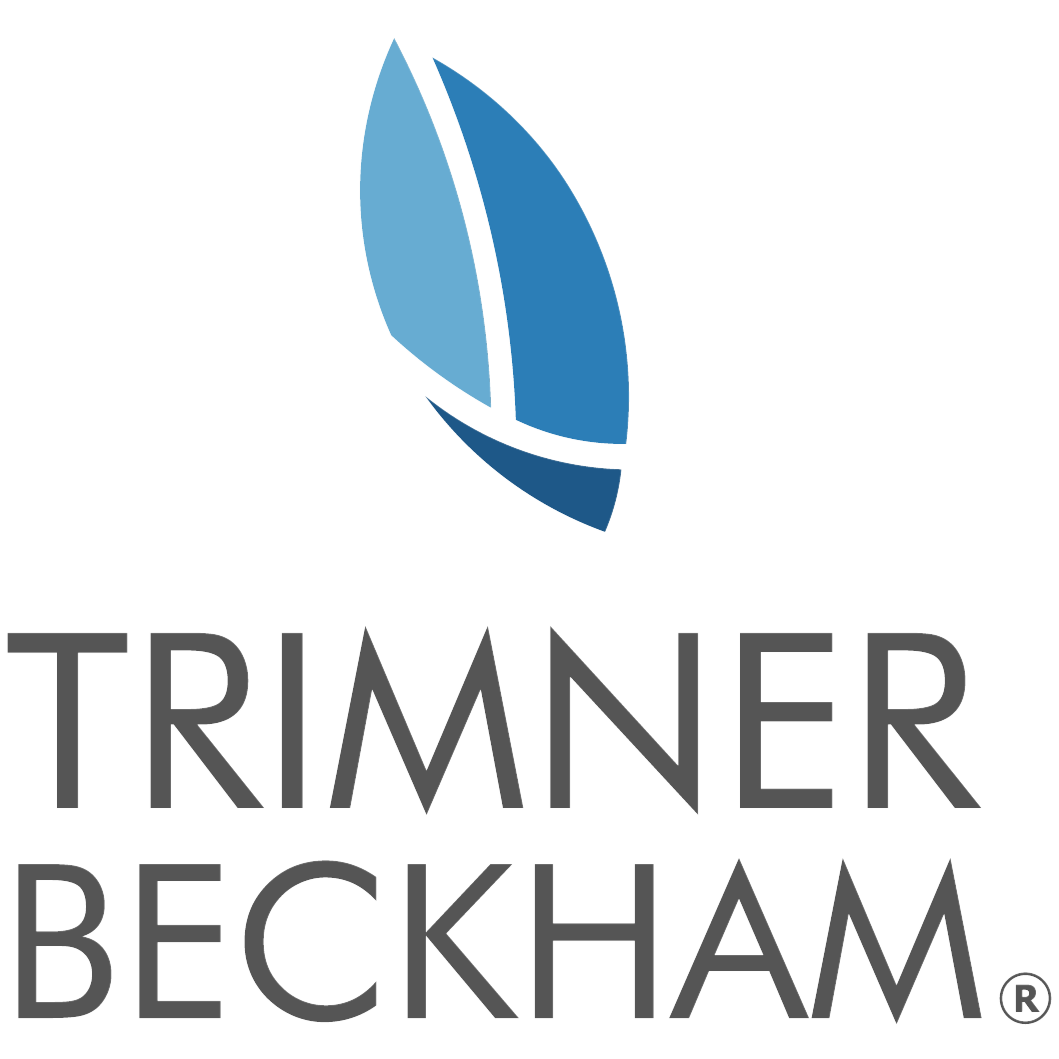Many nonprofit, tax-exempt organizations maintain lists of donors, members, and other supporters. The list will often include names, titles, employers, phone numbers, physical addresses, email addresses, and additional identifying information. Outside organizations, particularly commercial entities, seek to purchase or otherwise access the mailing list to promote their products.
Access to the nonprofit organization’s membership list is often part of a larger contract, commonly referred to as an affinity agreement. In general, a tax-exempt organization can enter into affinity agreements that benefit its members, and it may inform and educate the members about such programs. However, when the tax-exempt organization becomes contractually obligated to provide goods, perform services, or promote the products and services of a commercial vendor, then it is engaged in a trade or business, regularly carried on, that is unrelated to the advancement of its mission, and must treat a portion of the contract revenue as unrelated business income (UBI) reportable on Form 990-T.
- Mailing list rental – The vendor is given access to the contact information of the nonprofit organization’s membership list. The mailing list is intangible intellectual property. The passive licensing of intangible intellectual property in the form of a membership mailing list is excludable from UBI as royalty income, reportable on Form 990. However, any provision of services related to the mailing list, such as printing mailing labels or analyzing the underlying data, can result in UBI reportable on Form 990-T.
- Endorsements – The nonprofit organization will refer to the vendor as a “preferred partner,” “preferred provider,” or otherwise endorse the vendor’s goods and services. Such language indicates that the nonprofit is being paid to advertise the vendor’s products. The portion of the contract attributable to the endorsement is UBI reportable on Form 990-T.
- Exclusive provider arrangements – the nonprofit organization agrees that no other vendor may solicit a similar product to the members. An exclusive provider arrangement represents a substantial return benefit to the vendor and prevents any portion of the payment from being classified as a qualified sponsorship payment (contribution revenue) on Form 990.
- Advertising – the commercial organization is permitted to place an ad on the nonprofit organization’s website, programs, or periodicals. The portion of the contract revenue attributable to the advertising will be UBI reportable on Form 990-T.
- Promotions – The nonprofit organization is required to notify its members about the affinity agreement, perhaps through its new member packets, its newsletters, its social networking sites, or a prominent, strategically located hyperlink from the nonprofit organization’s website’s member benefits page to the vendor’s website. To the extent that the nonprofit is merely providing information voluntarily, there is generally no revenue attributed to the notifications. However, if the nonprofit is contractually obligated to perform certain services that promote the goods and services of the vendor, then that portion of the contract revenue is a form of taxable advertising reportable as UBI on Form 990-T.
- Royalties – The vendor is given a license to use the nonprofit organization’s logo, tagline, and other intangible intellectual property. The portion of the contract revenue attributable to this activity is tax-exempt royalty income on Form 990 as long as no goods or services are provided by the nonprofit in connection with the license.
- Membership – The vendor will become a “member” of the tax-exempt organization. The portion of the contract revenue attributable to this activity is either program service or contribution revenue, depending on the membership benefits. Membership revenue that represents an exchange transaction for membership benefits in the form of goods, services, rights, and privileges is treated as Program Service/Exempt Function Income on Form 990. Membership revenue that is primarily a gift without the expectation of a substantial return benefit is contribution income on Form 990.
- Exhibitor Space or Event Tickets – The vendor will be an exhibitor at the nonprofit organization’s trade show or conference or will receive tickets to such an event. The portion of the contract revenue attributable to this activity is treated as Program Service/Exempt Function Income on Form 990.
- Distribution of Promotional Items – The vendor may provide samples or other promotional materials to the tax-exempt organization’s members or event attendees. Generally, no portion of the revenue is attributable to this activity as long as the nonprofit organization provides no services in connection with the distribution.
- Commissions and Referral Fees – The vendor will pay the nonprofit organization a fixed amount or a percentage of the new business generated from the members. The revenue is not UBI that would need to be included on Form 990-T as long as the nonprofit remains passive and takes no action to induce its members to transact business with the vendor other than notifying them of the existence of the program.
The nonprofit organization should make a reasonable effort to separate the revenue into various pieces and report them accurately on Form 990 Part VIII. Avoid treating the entire payment as “contract revenue,” “sponsorships,” or “royalties.
The nonprofit organization must also develop a reasonable and consistent method of allocating expenses to each activity. Revenue may not be used as a basis for allocating expenses. For example, you can’t say that the advertising portion represents 20% of the contract revenue; therefore, advertising expenses must be 20% of contractual expenses. Expenses must be allocated based on factors that are relevant to the way the activity generates expenses, such as square footage, hours, or materials. Only expenses that are directly related to revenue reported on Form 990-T may be deducted on Form 990-T.
Failure to segregate contractual revenue can result in an IRS examination. The examining agent will review the contract, and if it is determined that a portion of the contract is misclassified, the agent can use their judgment to separate and reclassify the various pieces. Invariably, the allocation method utilized by the agent will be less favorable to the organization than the one it would have developed for itself.
For more information, please reach out to us for a free initial consultation.




